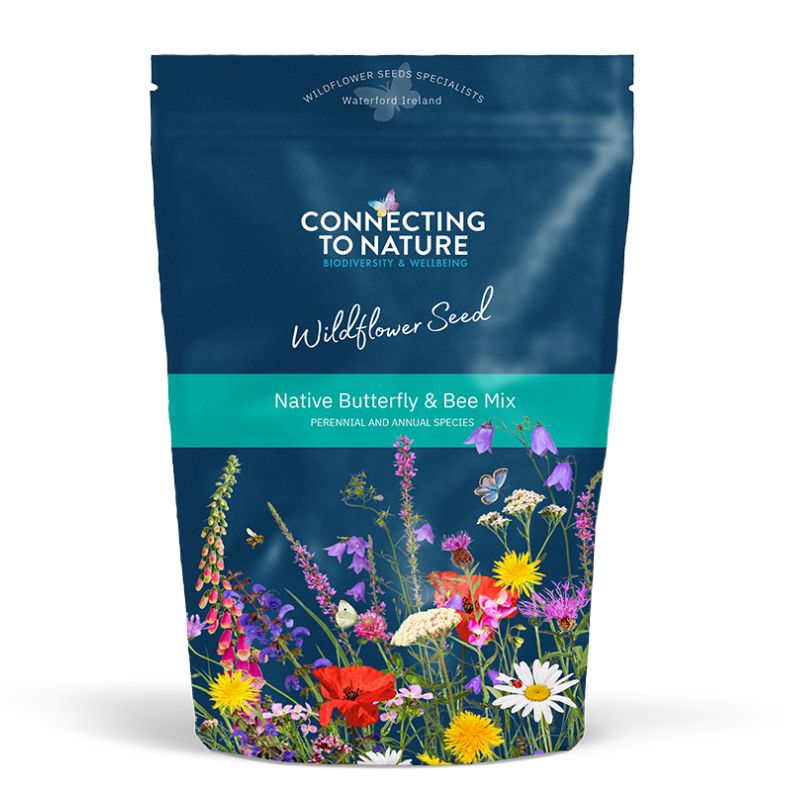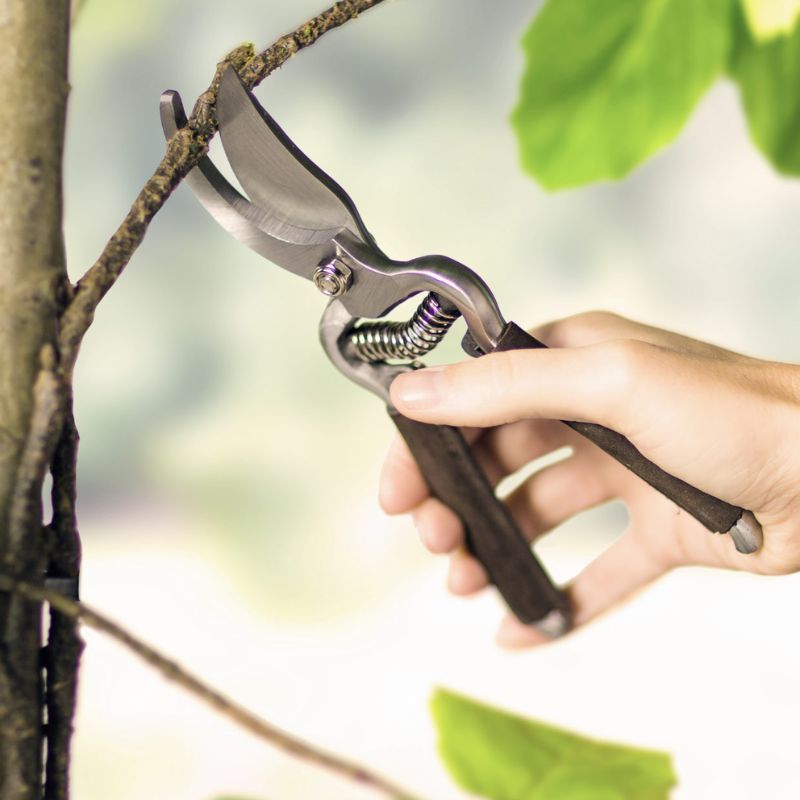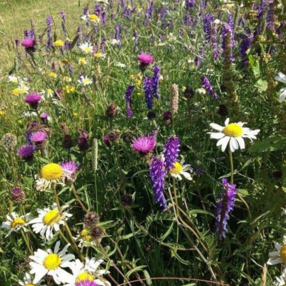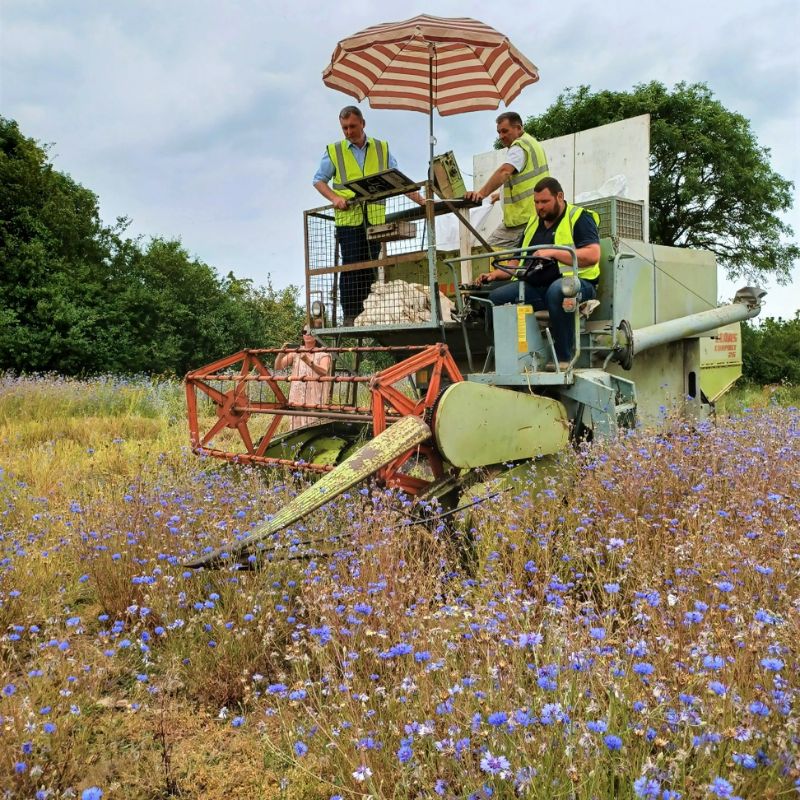Paul Smyth of Garden Conversations goes wild!
Paul Smyth and Blooming Native are teaming up to rewild his garden.
We'll share regular updates about how he is getting on with videos on preparing the soil for sowing, sowing wildflower seeds, watching the flowers flourish and maintenance at the end of the flowering season.
Follow Paul's story
I'm rewilding part of my parent's farm and converting it into a pollinator-friendly garden.
The site is a large rectangular shape, roughly 35x15 metres. One side is shaded by ash trees and doesn't get much sun from mid-morning until mid-afternoon. The rest of the site is in the sun most of the day.
The garden is currently covered in perennial ryegrass and was previously grazed but not intensively. It hasn't received any artificial fertiliser for several years now. The soil here is a light loam and suitable for most crops.
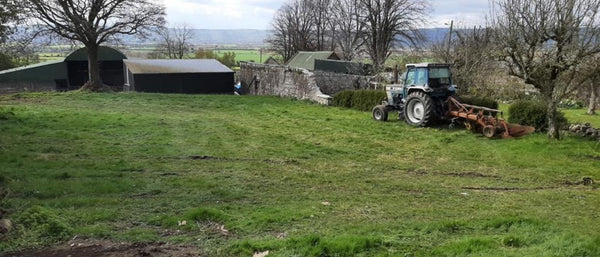
I will use a selection of Blooming Native wildflower seed mixtures to create several wildflower meadows and sections with mown paths leading my way to a few key points.
This project will help conserve many of our native wildflower species and attract several pollinators. I look forward to showing you how beautiful a garden scale meadow can look.

Work started last weekend!
I used a rotavator to turn over the existing grass as it's a large area. It is so important to prepare the ground well, removing any large stones and existing grass and weeds. Creating a bare seedbed can be achieved in several ways. You can spray the area off and remove the dead foliage; use a hired turf cutter or turn the soil over on at least two occasions before sowing, using a shovel or rotavator like I did.
 Preparing the ground for these mixes is like preparing the ground for a normal lawn. The more effort you put into the preparation, the better, as this will likely determine the success of your wildflowers.
Preparing the ground for these mixes is like preparing the ground for a normal lawn. The more effort you put into the preparation, the better, as this will likely determine the success of your wildflowers.
To prepare the seedbed, rake the bare soil into a crumbly texture and level it off. It will then be ready for sowing your wildflower seeds! It's important not to overwork soil that's water logged as you will damage the soil and make it difficult for the seeds when they first germinate. April to the end of May is the best time to sow these mixtures, but if it's particularly wet or cold, you should wait until the spell has passed!
I look forward to showing you what can be achieved on a garden scale and how easy and rewarding growing a species-rich meadow can be.
Paul.



